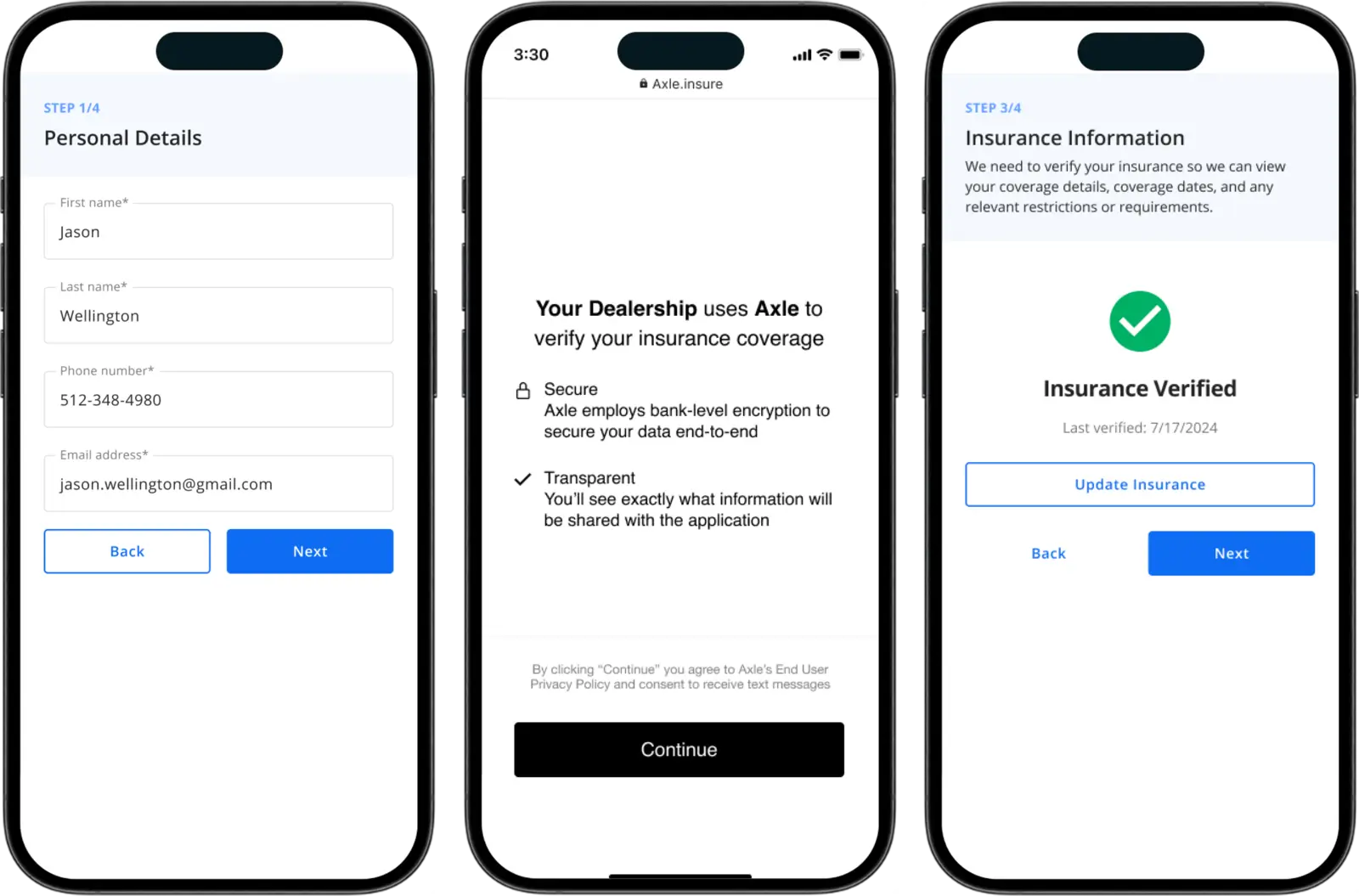Only about a quarter of auto dealerships in the U.S. currently provide any kind of alternative transportation as part of the service experience. For many dealers, an Uber, Lyft or courtesy shuttle might only be provided to customers upon request, or might just be reserved for VIPs.
There are plenty of familiar reasons for dealers to not provide customers with alternate transportation, whether rideshares or loaner cars. The most common are cost, level of effort and people power.
But we know from experience that loaner vehicle fleets are a powerful tool for winning new customers, increasing fixed ops revenue and creating loyal relationships with customers, so they come back and buy their next car from you.
Luxury brands have for a long time encouraged their retail networks to maintain courtesy fleets, but we’re here to tell you that mass market brands can benefit just as much from loaner programs (and they don’t even have to be free)
Competitive difference
The first big benefit of operating a loaner fleet is winning over customers in your area. 90% of mass market customers would choose a dealership that provides loaners over one that does not.
Dealers who provide loaners also get a leg up on independent service providers, who don’t commonly offer alternate transportation and whose facilities are often less comfortable for customers anyway.
For dealerships with large service areas and high service volumes, offering vehicle pickup and delivery could help bring in even more customers. In a survey we commissioned from J.D. Power, 84% of mass-market brand owners said they would choose to have their vehicle serviced at a dealership that offered vehicle pickup and delivery over a dealership that did not.
Service Revenue
Whether you opt to pick up and deliver vehicles from your customers’ homes or offices, or just choose to launch a loaner program, it’s worth noting that loaner vehicle fleets don’t have to be free for your customers (Just don’t call them courtesy cars if you choose to charge a fee!)
Fifty-four percent of mass-market brand owners who responded to our surveys said they’d be willing to pay between $10 and $50 for a loaner car, and nearly a third (28%) of mass market brand owners would be willing to pay up to $75 for a service loaner.

At first glance, these numbers may seem unimpressive. But consider a small fleet with low utilization: 6 cars used 55% of their available days are with customers for 99 days each month. A dealership that charged a middling rate – $25/day – for access to these fleet cars would generate nearly $2,500 in new revenue from that fleet.
For many dealerships, adding such a daily rate would offset the cost of the loaner vehicle in the first place, and providing customers with alternative transportation can help upsell them on additional service. After all, they’re in a newer vehicle (one they view as a demo – more on that below), and might be more likely to approve additional work, increasing the value of each R.O.
Customer Retention
The final benefit loaner programs provide is long-lasting relationships. Customers view loaner experiences as part of their overall purchase experience with a dealership. 78% of mass-market brand owners said they see loaner vehicles as test drive opportunities, which means the next new-car sale actually starts at the service department.
If a customer buys a car and has it serviced at your dealership, providing a loaner also makes their view of your business that much better, increasing their likelihood of returning. In fact, 70% of all car owners say that if a dealership provides them with a service loaner, they’ll come back to that dealer for their next car purchase. And did we mention, 90% of mass market customers would choose a dealership that provides loaners over one that does not.
At the time of purchase, dealers can also tout their loaner program to add value to the purchase and ensure customers return to the dealership for service. Dealers can offer free loaner vehicles for a certain number of service visits as an additional value included in the purchase price of a new or used car. Doing so might even help close a sale on a higher-tier vehicle.
Alternatively, dealerships can encourage customers to explore new vehicle platforms, like electric vehicles (EVs), by offering free EV service loaners to customers who purchase similarly-equipped combustion cars.
Whether working with showroom customers or service customers, it’s clear that loaner vehicle programs can help dealerships retain after-sales business.









